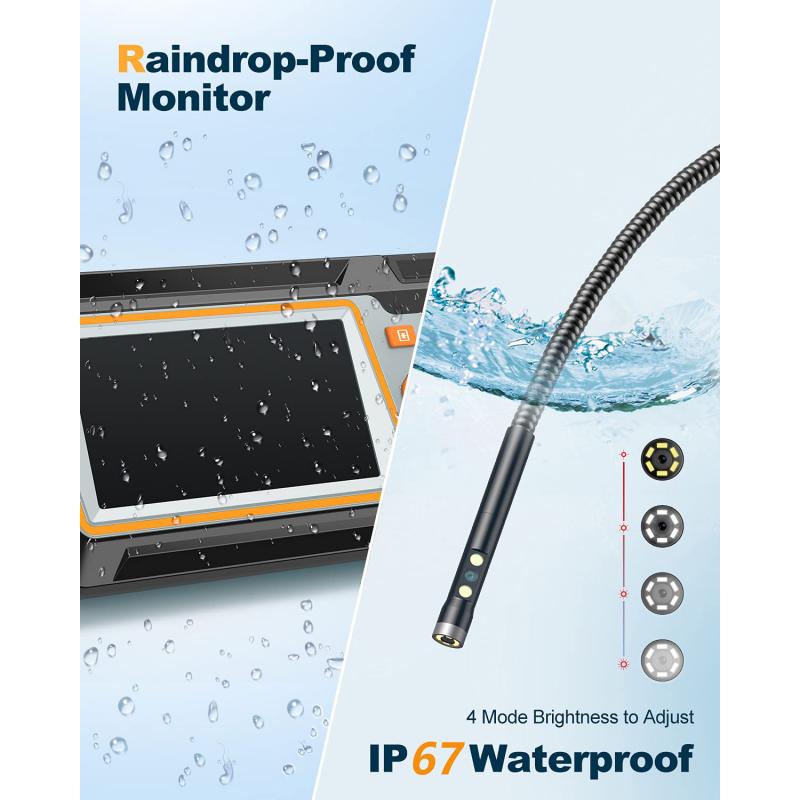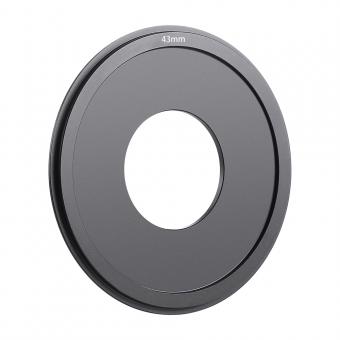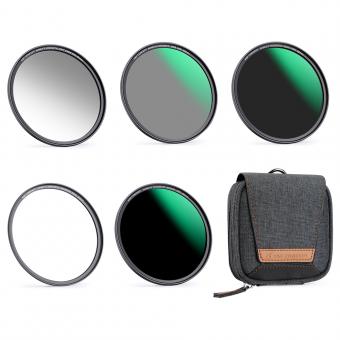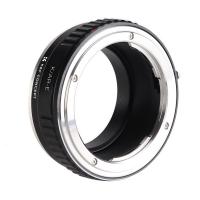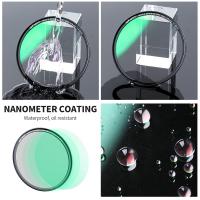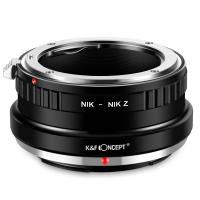Can An Endoscopic Biopsy Show Crohn's Disease ?
Yes, an endoscopic biopsy can show signs of Crohn's disease.
1、 Endoscopic biopsy as a diagnostic tool for Crohn's disease.
Endoscopic biopsy is a valuable diagnostic tool for Crohn's disease. It involves the collection of tissue samples from the gastrointestinal tract during an endoscopy procedure. These samples are then examined under a microscope to detect any characteristic features of Crohn's disease, such as inflammation, ulceration, and granulomas.
Crohn's disease is a chronic inflammatory bowel disease that can affect any part of the gastrointestinal tract. It is characterized by periods of flare-ups and remission, and its diagnosis can be challenging due to its similarity to other gastrointestinal conditions. However, endoscopic biopsy has proven to be an effective method for confirming the presence of Crohn's disease.
The biopsy samples obtained during an endoscopy can provide important information about the extent and severity of inflammation, as well as the presence of specific features that are indicative of Crohn's disease. These features include transmural inflammation, skip lesions, and non-caseating granulomas. The identification of these features in the biopsy samples can help differentiate Crohn's disease from other conditions, such as ulcerative colitis or infectious colitis.
Moreover, recent advancements in endoscopic techniques have further improved the accuracy of endoscopic biopsy in diagnosing Crohn's disease. For example, advanced imaging technologies, such as narrow-band imaging and confocal laser endomicroscopy, allow for better visualization of the intestinal mucosa and detection of subtle abnormalities. Additionally, the use of targeted biopsies, guided by imaging findings or endoscopic markers, can increase the yield of diagnostic samples.
In conclusion, endoscopic biopsy is a valuable diagnostic tool for Crohn's disease. It allows for the collection of tissue samples that can be examined for characteristic features of the disease. With recent advancements in endoscopic techniques, the accuracy of endoscopic biopsy in diagnosing Crohn's disease has improved, providing clinicians with a reliable method for confirming the presence of this chronic inflammatory bowel disease.

2、 Histopathological features of Crohn's disease in endoscopic biopsies.
Yes, an endoscopic biopsy can show histopathological features of Crohn's disease. Crohn's disease is a chronic inflammatory bowel disease that can affect any part of the gastrointestinal tract. Endoscopic biopsies are commonly performed during an endoscopy procedure to obtain tissue samples for histopathological examination.
Histopathological features of Crohn's disease in endoscopic biopsies include characteristic findings such as transmural inflammation, non-caseating granulomas, crypt distortion, and architectural changes in the intestinal mucosa. These features are important for confirming the diagnosis of Crohn's disease and differentiating it from other inflammatory bowel diseases.
The presence of non-caseating granulomas is considered a hallmark of Crohn's disease, although they are not always present in every biopsy sample. Other histological findings may include chronic inflammation, lymphoid aggregates, and ulcerations. These features can help in assessing the severity and extent of the disease.
It is important to note that while endoscopic biopsies can provide valuable information, they are not always definitive for diagnosing Crohn's disease. In some cases, multiple biopsies from different areas of the gastrointestinal tract may be necessary to increase the diagnostic yield. Additionally, clinical correlation with symptoms, radiological findings, and other laboratory tests is crucial for a comprehensive diagnosis.
The latest point of view regarding endoscopic biopsies in Crohn's disease emphasizes the importance of advanced imaging techniques such as narrow-band imaging, chromoendoscopy, and confocal laser endomicroscopy. These techniques can enhance the detection and characterization of mucosal and submucosal changes associated with Crohn's disease, improving the accuracy of endoscopic biopsies.
In conclusion, endoscopic biopsies can show histopathological features of Crohn's disease, including transmural inflammation, non-caseating granulomas, and architectural changes in the intestinal mucosa. However, a comprehensive diagnosis of Crohn's disease requires clinical correlation with symptoms, radiological findings, and other laboratory tests. Advanced imaging techniques can further enhance the accuracy of endoscopic biopsies in diagnosing and characterizing Crohn's disease.
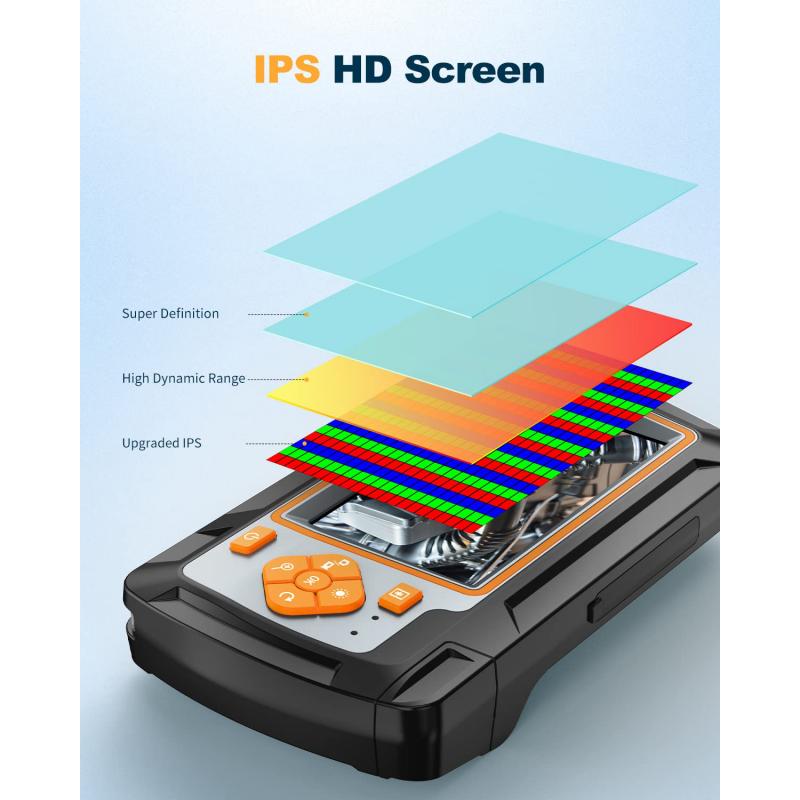
3、 Limitations of endoscopic biopsy in diagnosing Crohn's disease.
An endoscopic biopsy can indeed show signs of Crohn's disease, but it is important to note that it is not always definitive. Endoscopic biopsies involve the removal of small tissue samples from the affected area for further examination under a microscope. These samples can reveal characteristic features of Crohn's disease, such as inflammation, ulceration, and abnormal cell patterns.
However, there are limitations to relying solely on endoscopic biopsies for diagnosing Crohn's disease. One major limitation is that the disease can be patchy, meaning that inflammation and other abnormalities may not be present in every area of the digestive tract. Therefore, if the biopsy is taken from an unaffected area, it may not provide an accurate representation of the disease.
Additionally, the interpretation of endoscopic biopsies requires expertise and experience. Pathologists need to carefully analyze the samples to identify the specific features of Crohn's disease. Misinterpretation or sampling errors can lead to false-negative results, where the biopsy appears normal despite the presence of the disease.
To overcome these limitations, other diagnostic tools are often used in conjunction with endoscopic biopsies. Imaging techniques like MRI or CT scans can provide a broader view of the digestive tract, helping to identify areas of inflammation that may have been missed during endoscopy. Blood tests, stool tests, and clinical symptoms are also considered when making a diagnosis.
It is worth mentioning that recent advancements in endoscopic technology, such as high-definition imaging and advanced imaging modalities like confocal laser endomicroscopy, have improved the accuracy of endoscopic biopsies in diagnosing Crohn's disease. These techniques allow for better visualization of the intestinal lining and can aid in identifying subtle abnormalities.
In conclusion, while an endoscopic biopsy can show signs of Crohn's disease, it is not infallible. Limitations such as patchy disease distribution and the need for expert interpretation should be considered. Combining endoscopic biopsies with other diagnostic tools can help improve the accuracy of diagnosing Crohn's disease.
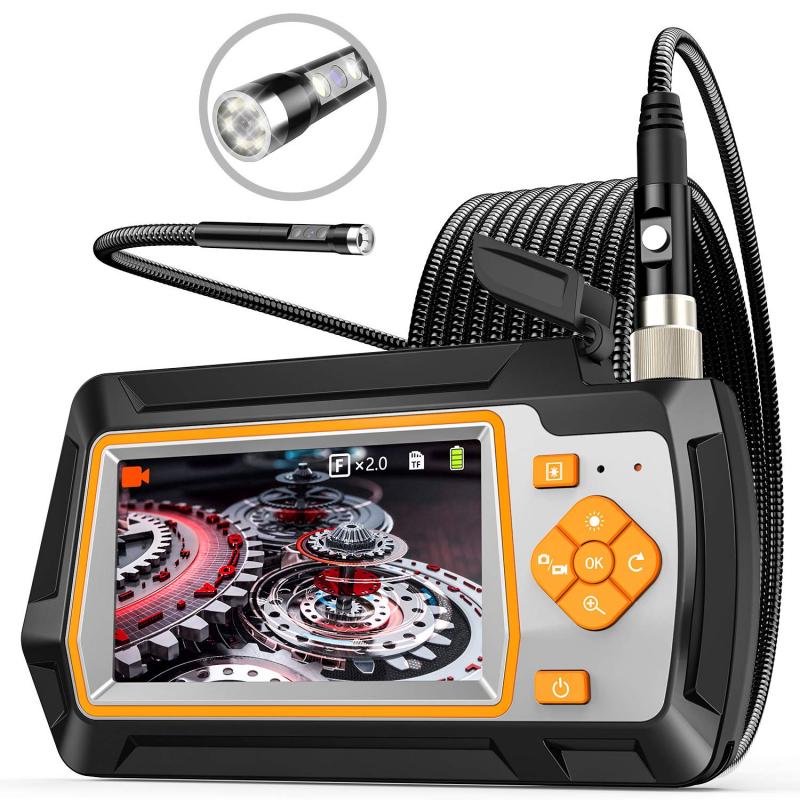
4、 Role of endoscopic biopsy in monitoring Crohn's disease progression.
An endoscopic biopsy can indeed show evidence of Crohn's disease. Crohn's disease is a chronic inflammatory bowel disease that primarily affects the gastrointestinal tract. It is characterized by inflammation, ulceration, and thickening of the intestinal walls. Endoscopic procedures, such as colonoscopy or upper endoscopy, are commonly used to diagnose and monitor the progression of Crohn's disease.
During an endoscopic biopsy, small tissue samples are taken from the affected areas of the gastrointestinal tract. These samples are then examined under a microscope to look for specific features indicative of Crohn's disease, such as inflammation, granulomas, and architectural changes in the intestinal lining.
The role of endoscopic biopsy in monitoring Crohn's disease progression is crucial. It allows physicians to assess the severity of inflammation, determine the extent of tissue damage, and guide treatment decisions. Biopsy findings can help differentiate Crohn's disease from other conditions with similar symptoms, such as ulcerative colitis or infectious colitis.
Moreover, endoscopic biopsies can provide valuable information about disease activity and response to treatment. By comparing biopsy results over time, doctors can evaluate the effectiveness of medications and make adjustments to the treatment plan accordingly. This helps in achieving and maintaining disease remission, reducing the risk of complications, and improving the patient's quality of life.
It is worth mentioning that recent advancements in endoscopic techniques, such as chromoendoscopy and confocal laser endomicroscopy, have further enhanced the ability to detect and assess Crohn's disease. These techniques allow for better visualization of mucosal abnormalities and microscopic changes, providing more accurate and detailed information for diagnosis and monitoring.
In conclusion, an endoscopic biopsy plays a crucial role in the diagnosis and monitoring of Crohn's disease. It provides valuable information about disease activity, severity, and response to treatment. With the latest advancements in endoscopic techniques, the accuracy and effectiveness of biopsies in detecting and assessing Crohn's disease have significantly improved.
